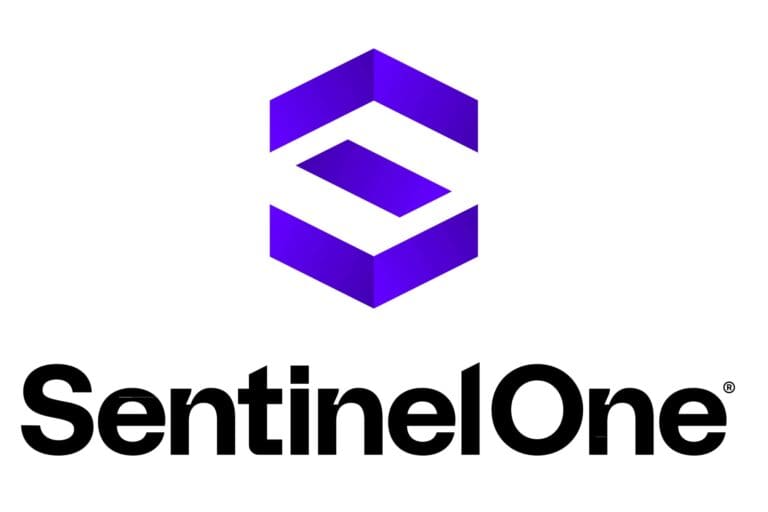Today, AWS is launching a revamped Security Hub, with SentinelOne as a launch partner. The new collaboration aims to provide customers with the best and most scalable security.
The new AWS Security Hub allows signals from different sources to be correlated. The Hub then enriches this data with visualizations, summaries, and potential workflows to respond to threats. The findings also find their way to SentinelOne’s Singularity Platform, allowing organizations to decide for themselves how they want to view and respond to the data.
Co-building
In its announcement, SentinelOne talks about co-building with AWS, something it already has experience with. However, what it has built so far are integrations, migration tools, and the delivery of feature-complete versions of Singularity with Purple AI on Amazon Bedrock. The company reports that more than 20 AWS services are now linked to SentinelOne’s offering.
It is also possible to transfer SentinelOne Singularity Cloud Security from another IT environment to AWS without friction. Last week, this solution was added to the AWS ISV program to enable such software migrations.
Integrations, migrations, and other collaborations mainly involve complex work that the end customer notices little of; they only see the front-end offering. However, the backend involves all kinds of integrations to be able to offer a single API for Bedrock, for example, where foundation models are delivered. Regardless of the model chosen, there is only one API to connect to, after which organizations can switch between the desired AI models.
“Co-building with AWS is one of the most valuable ways we plan to help customers meet their evolving security goals,” said Ric Smith, President of Product, Technology, and Operations, SentinelOne. “Our partnership with AWS Security Hub brings deep integrations that deliver the clarity, speed, and automation security teams need to defend complex cloud environments.”
